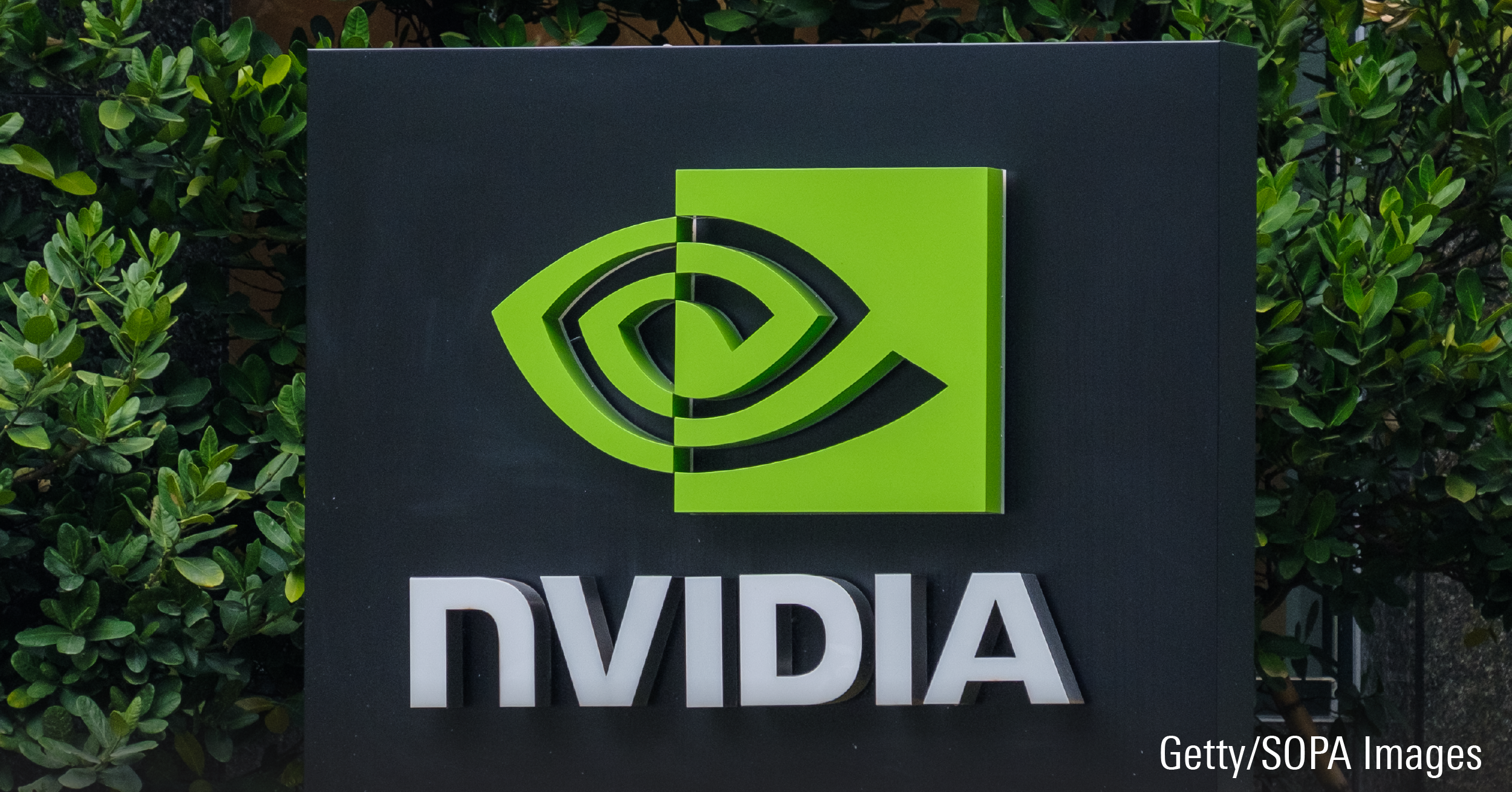Margot Ritchie and her colleagues bring an institutional approach toTD Canadian Blue Chip Equity andTD Balanced Income. "The decision here is by consensus," says Ritchie, a partner in the Toronto office of Jarislowsky Fraser Ltd. "The investment strategy committee meets weekly and they decide what goes into a model and what those weights are."
Twelve analysts take part in the team's "thrashing and free flow of discussions," and six of them form the investment strategy committee. Ritchie describes her management position as "more of a client servicing and marketing role." She frequently meets with investment advisors to explain the fund's mandate and positioning.
Jarislowsky Fraser takes a longer view of its holdings, with an investment horizon of five to seven years. The stock-picking criteria are based on a growth-at-a-reasonable price (GARP) discipline. The growth aspect comes from finding companies that grow at faster rates than the broader economy, says Ritchie, and the value comes from buying at the appropriate price.
Key fundamental characteristics that the Jarislowsky Fraser team looks for include stable free cash flow, strong sustainable earnings and superior earnings growth. They arrive at target prices for their stocks by forecasting cash flows and discounting them to present-day values.
Potash Corp. of Saskatchewan ( POT/TSX) is a prime example of a favoured long-term holding. According to Ritchie, Potash is not a cyclical play, but rather a long-term story related to the improving Chinese standard of living. "It's got the largest potash reserves, balance sheet strength, cash flow, and the lowest (operating) cost," she says.
TD Canadian Blue Chip Equity focuses on high-quality, large-capitalization companies in a diversified portfolio of 40 names within each asset class. Risk constraints include a sector limit of 20% of the overall portfolio, a maximum 10% weighting in any stock, and a 15% limit on foreign equities. Portfolio turnover tends to be low, "measured in the low teens," Ritchie says.
Assessing the quality of company management is a key aspect of Jarislowsky Fraser's extensive in-house research process. As part of their management interviews, the investment team members asks about what companies the management consider to be their peers, and what companies among their peers are gaining strength or weakening, and why. "You get more forthright answers from that," says Ritchie.
For TD Balanced Income, Jarislowsky Fraser's fixed income team makes recommendations on the fund's non-equity component, with the strategy committee making the final decision.
Currently, all of the balanced fund's bonds are short term, "so we're not taking (interest-rate) risk and they're all high quality," says Ritchie. The firm does not rely on ratings agencies to evaluate credit quality, she adds.
Ritchie is a graduate of Queen's University in Kingston, where she received a bachelor's economics degree in 1977. She then obtained her MBA in finance from the University of British Columbia in 1980 and received the CFA designation in 1982.
After working as an analyst in Waterloo, Ont., between her two degrees, Ritchie remained in B.C. for a year after finishing her MBA, working in the risk control department at forest products company MacMillan Bloedel Ltd. She then moved to Toronto to join Royal Bank of Canada in commercial lending.
In 1985, Ritchie joined RBC Dominion Securities, Inc., working as a research analyst. She moved into the investment dealer's mergers and acquisitions department on the day of the stock-market crash of Oct. 19, 1987. She then joined the research team at Bunting Warburg Inc. before moving to Jarislowsky in 1992.
Of the firm's more than $40 billion in total assets under management, the TD equity and balanced mandates represent about $1.2 billion. During Ritchie's tenure on TD Canadian Blue Chip Equity, which dates back to November 1999, the fund has outpaced its peers. It has a top-quartile annualized 10-year return of 5.6% to March 31, two percentage points ahead of the median return in the Canadian Focused Equity category. Over the 15-year period, the fund is a second-quartile performer, returning 6.3% compared with the median return of 4.9%.
Ritchie says Jarislowsky Fraser managers tend to make their stock purchases at times when the companies are out of favour. As well as being early to buy, they also tend to be early sellers who get out of a stock before it peaks. "We'll underperform in speculative markets," she says.
Looking ahead, Ritchie expects "there's going to be more bad news" for the economy. Jarislowsky Fraser's strategy for TD Canadian Blue Chip Equity favours high-quality, dividend-paying companies.
"If you focus on the top six in an industry -- with diversified revenue, low cost and above-average cash flow -- that you can spit out at the bottom line, it should mean above-average dividend yield," she says.















